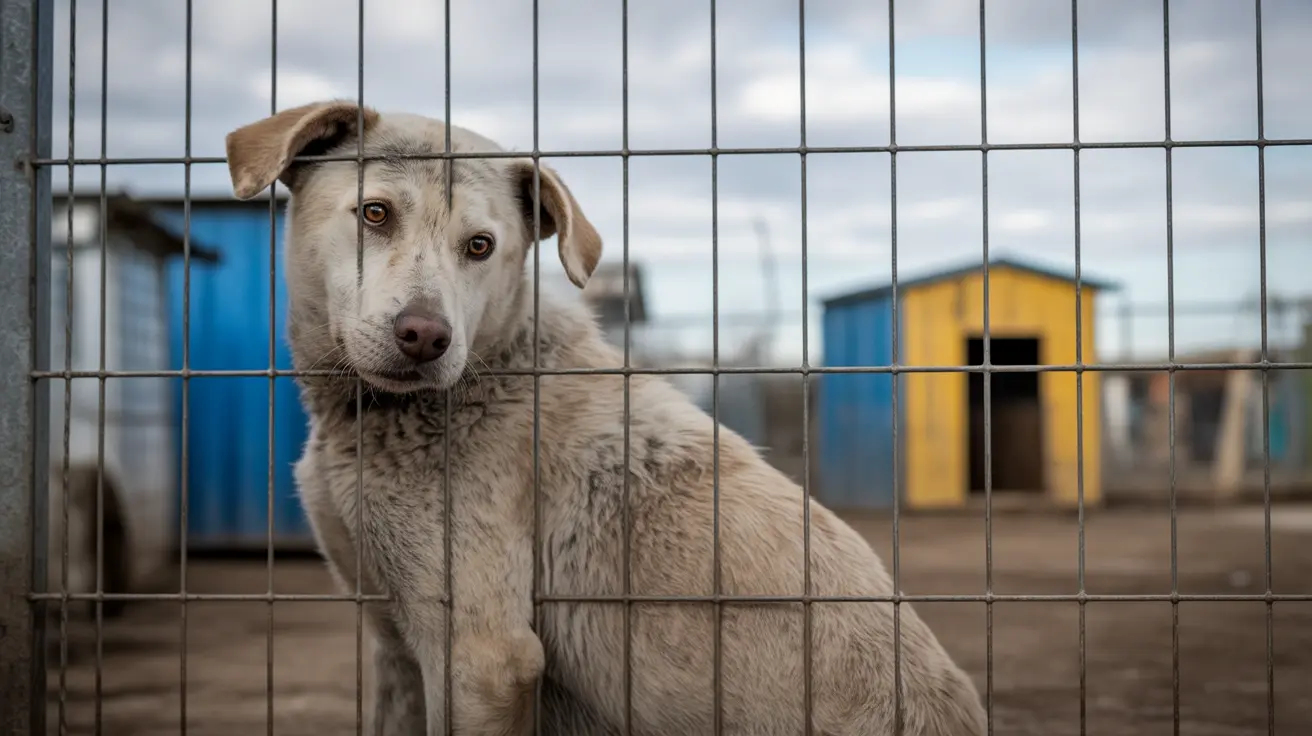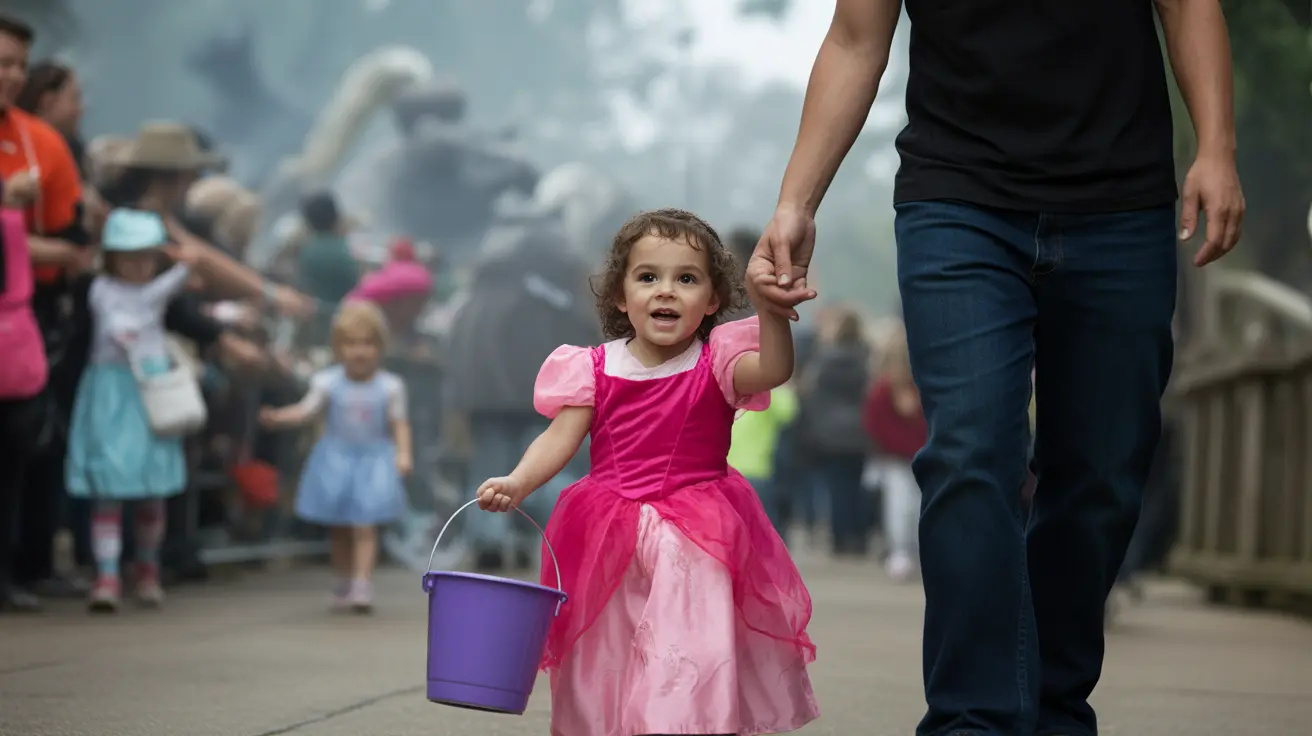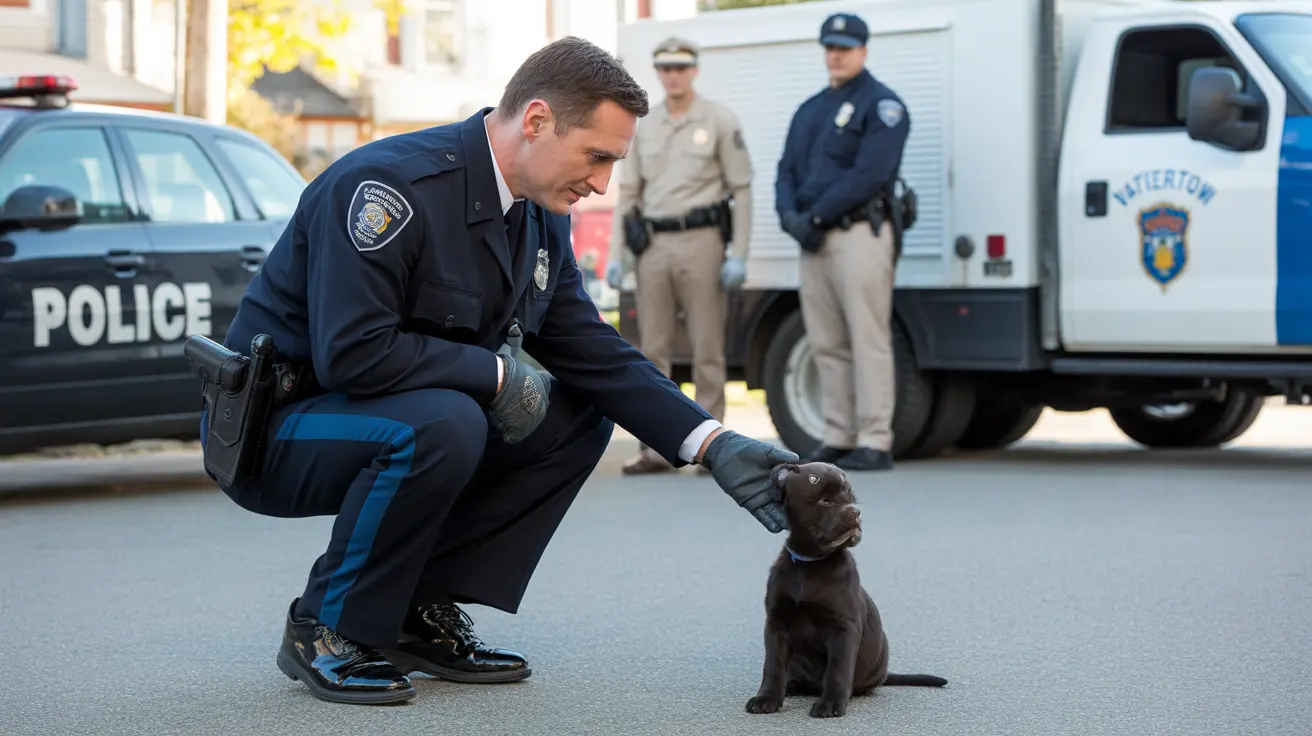What Happens When Dogs Are in Boarding Facilities?
Leaving your beloved dog at a boarding facility can be an emotional decision. Pet owners often wonder, "What do dogs do during boarding?" Understanding the daily activities of dogs during their stay can ease your concerns and help you prepare your pet for the experience.
The Structure of a Dog's Day During Boarding
Reputable boarding facilities provide dogs with structured routines designed to mimic a balance of activity and rest. A dog's typical day at a boarding center may include the following:
- Morning potty breaks and breakfast: Dogs are taken outside for bathroom breaks and then fed a meal—usually food provided by the owner to maintain dietary continuity.
- Playtime and socialization: After breakfast, dogs often participate in playgroups or one-on-one sessions, depending on temperament and vaccination statuses.
- Midday rest: To prevent overstimulation, dogs are given time for naps in comfortable kennels or private sleeping quarters.
- Afternoon activities: This may include more playtime, training exercises, walks, or even water games, if available.
- Evening feeding and wind-down: Dogs are fed again in the evening and taken out for final potty breaks under staff supervision.
Types of Activities Dogs Enjoy During Boarding
Most boarding centers strive to keep dogs mentally and physically stimulated. Activities may include:
- Group play sessions with other compatible dogs
- Individual enrichment such as puzzle games and chew toys
- Light training sessions for obedience refreshers
- Interactive human-dog games like fetch or hide-and-seek
- Water play in splash zones or small pools
Supervision and Safety Measures
One of the major advantages of boarding is the professional supervision. Staff are trained to handle various breeds, monitor dog behavior, and administer any required medications. Facilities are typically equipped with secure fencing and safety protocols to prevent escape or injury. In case of emergencies, most centers have on-call vets or ties to nearby animal hospitals.
What About Nighttime?
Dog boarding facilities usually provide individualized sleeping areas—these may be large kennels, crate-free suites, or even luxury rooms with beds and webcams. Dogs are monitored overnight either through in-person staff or surveillance systems. The environment is kept quiet and dim to replicate a restful home setting.
Feeding and Medications
Owners are encouraged to bring their dog’s own food to avoid dietary changes that could upset their stomachs. Staff follow detailed feeding instructions and can administer medications, including timed doses for conditions such as diabetes or allergies.
Preparing Your Dog for Boarding
To make the boarding experience smoother, consider the following tips:
- Visit the facility ahead of time with your dog.
- Pack familiar items like toys or a blanket that smells like home.
- Ensure your dog is up to date on required vaccinations.
- Discuss your dog’s temperament and special needs with the staff.
A trial overnight stay may ease your dog into the full experience.
Psychological and Emotional Considerations
While many dogs enjoy the stimulation and interaction that boarding provides, some may find it stressful. Choosing the right boarding facility for your dog’s personality is key. Dogs prone to anxiety may fare better in more calm, individualized settings or even in-home pet sitting environments.
Benefits of Boarding
When done right, boarding can offer several advantages:
- 24/7 care and supervision
- Socialization opportunities with other dogs and humans
- Structure and routine similar to home
- Professional handling of special needs and medications
- Peace of mind for pet parents traveling or facing emergencies
Conclusion
Boarding facilities provide a safe, stimulating, and structured environment where dogs can thrive while their owners are away. With plenty of playtime, rest, care, and supervision, dog boarding can be a positive experience when the right facility is chosen and preparation steps are taken.





